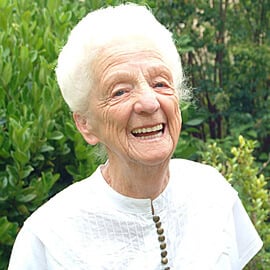Investment bank UBS argues that the “exciting” vision for Australia’s ageing population is a future closer to German or Swedish living styles with a focus on multi-generational living and wellness and wearable devices to monitor residents and their health.
A recent report explains how some European housing developments are designed around the anthroposophy philosophy which uses natural means to optimise health and wellness, like Ytterjarna in Sweden whilst in Germany, seniors, youth and preschool groups reside together in multigenerational centres.
In Austria the Miss Sargfabrik village (pictured) is dedicated to social cohesiveness with communal living for both families and seniors while the multigenerational village Mado in Georgia USA features multiple housing options, a 25 acre organic farm, farmers markets, art galleries and public events.
According to UBS investment analyst Pat Barrett the next ten years of real estate changes will “dwarf the past century of advancements”.
Multi-generational villages will focus on wellness and health with residents given housing options of independent living, communal and high care accommodation whilst aged care facilities are more likely to be high-density and built vertically or adjacent to shopping centres and health and medical services.
Ben Myers, executive director of the Property Council of Australia’s retirement living arm, acknowledges the benefit of communal living for retirees and older citizens citing that retirement communities can extend people’s ability to live independently by five years on average.






